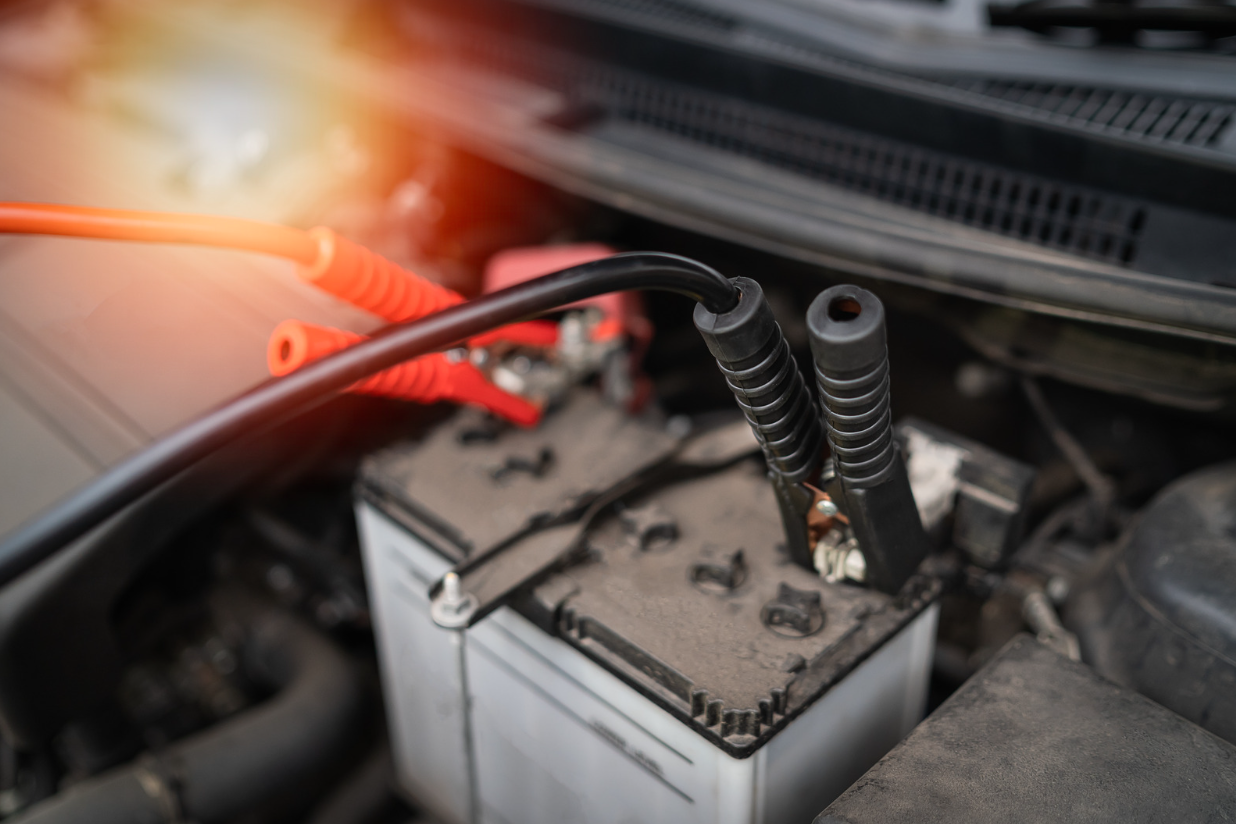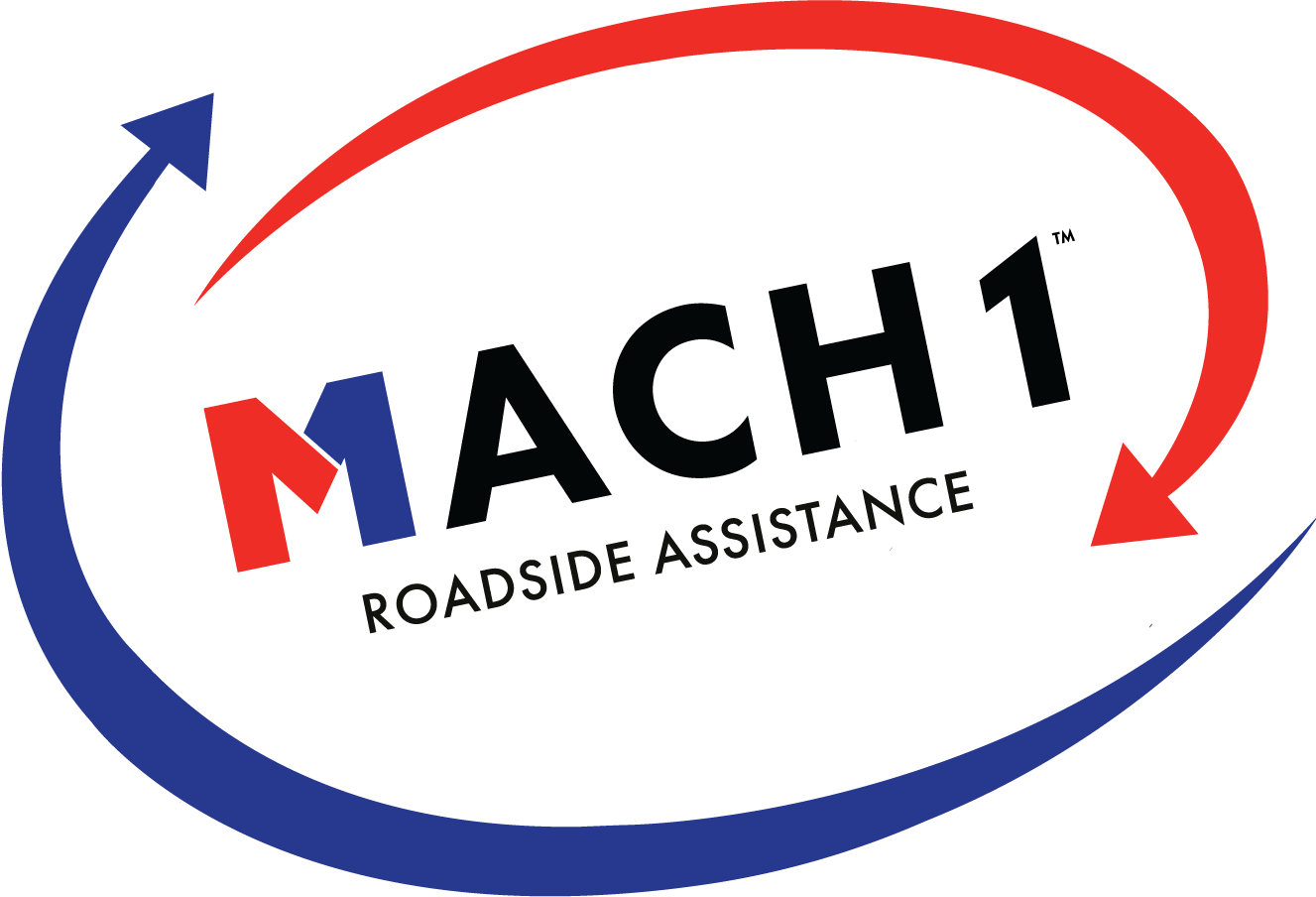
16 Jul Car Battery Care: Mastering for Hassle-Free Travel
Welcome to our guide on mastering car battery care for hassle-free travel. At Mach1 Services, we know how important it is to keep your car battery in top condition, especially when you’re on the road and need assistance. In this blog post, we’ll cover everything you need to know about car batteries, from understanding how they work to practical tips for maintaining them properly.
Roadside Power Solutions: Mastering Car Battery Care for Hassle-Free Travel
The Importance of Car Batteries:
Car batteries are essential for your vehicle’s electrical system. They provide power to start the engine and operate important components like lights and air conditioning. Without a working battery, your car won’t start, leaving you stranded. Proper maintenance is key to avoiding this inconvenience.
Understanding Car Battery Basics:
• A car battery stores electrical energy and delivers it to start the engine.
• It consists of lead plates submerged in sulfuric acid.
• When you turn the ignition key, a chemical reaction occurs to produce electricity.
• The battery stabilizes the vehicle’s electrical system, ensuring a consistent power supply.
Maintaining Your Car Battery:
To keep your car battery charged and healthy, follow these simple tips:
• Regularly check battery terminals for corrosion and clean them with a mixture of baking soda and water.
• Securely mount your vehicle’s battery to prevent vibration damage, especially during off-road driving.
• Avoid short trips and idle periods, which can drain the battery without allowing sufficient time for recharging.
• Invest in a quality battery charger and use it periodically, especially if your vehicle sits unused for extended periods.
• Turn off all electrical accessories when the engine is not running to avoid unnecessary battery drain.
Proper Disposal of Car Batteries:
When replacing your car battery, follow these steps for proper disposal:
• Bring the old battery to a designated recycling center or auto parts store that accepts used car batteries.
• Handle the battery with care and avoid tipping or spilling the electrolyte solution, which can harm the environment.
• Obtain a receipt or certificate of disposal from the recycling center as proof of proper battery disposal.
What to Do When Your Car Battery Dies
Imagine this scenario: You’re all set to head out, eagerly anticipating your journey, but when you turn the key, there’s nothing but silence. Your heart sinks as you realize your car battery has given up the ghost. But fret not! We’ve got your back with a comprehensive guide to get you back on track swiftly. Should you ever find yourself stranded with a dead battery, remember, Mach1 Services is your trusted partner in getting your vehicle back in action. For expert assistance with a dead battery, visit their website and let them handle the hassle for you.
Diagnosing the Issue:
A dead car battery is often manifested by the absence of any response when you turn the ignition key, accompanied by a disheartening clicking sound. This clicking is indicative of insufficient power to crank the engine, signaling a likely battery failure. It’s an unmistakable sign that your trusty power source may have reached the end of its life cycle. However, before despair sets in, let’s explore the solutions at hand.
How do I start my car with a dead battery?
Jump-Starting Your Vehicle:
Reviving your car with a dead battery is a simple task with the right equipment and know-how.
Begin by securing a set of jumper cables and enlisting the help of a friend with a functioning vehicle. Position the vehicles so that the batteries are within reach but not in direct contact.
Then, with caution, attach the red cable to the dead battery’s positive (+) terminal, followed by the positive terminal of the working battery.
Next, connect the black cable to the working battery’s negative (-) terminal and then to a metal part of your car’s engine, ensuring it’s away from the battery.
With the connections made, start the working vehicle and let it run for a few minutes, allowing the charge to flow into your battery.
Attempt to start your car; if it springs to life, let it idle for some time to replenish the battery’s charge.
What to do if your car battery has run out?
Replacing the Battery:
Should jump-starting fail to resuscitate your car, it may be a clear sign that a battery replacement is in order.
Begin by procuring a new battery compatible with your vehicle’s specifications.
With the car turned off, pop the hood and commence the replacement process by disconnecting the cables from the old battery, starting with the black (-) one.
Carefully extract the old battery and insert the new one in its place.
Proceed to reconnect the cables, starting with the red (+) one.
Once all connections are secure, close the hood and initiate your vehicle to ensure the new battery functions as expected.
Can a car battery recover from being dead?
While there is a glimmer of hope for a dead car battery to stage a comeback, it’s not always guaranteed. In some cases, a battery may revive if it’s only been discharged for a brief period. However, prolonged disuse or significant damage may render revival futile, necessitating a replacement to restore functionality to your vehicle.
Will a dead car battery recharge?
Indeed, a dead car battery can be recharged, contingent upon various factors such as the battery’s age and condition. Jump-starting your car facilitates the alternator to replenish the battery’s charge as you drive. Nevertheless, if the battery is aged or damaged, it may struggle to retain the charge, warranting a replacement to ensure consistent starting power.
Preventing Future Issues:
To forestall the inconvenience of future dead batteries, adopting proactive measures is paramount. Regularly inspect your battery for signs of corrosion or damage, and diligently maintain clean terminals to ensure optimal connectivity. Exercise prudence by refraining from utilizing electronic devices when the engine is inactive, thereby mitigating the risk of unnecessary battery drain. Additionally, safeguard your battery against extreme temperatures by parking your vehicle in a garage or shaded area whenever possible. For extended periods of inactivity, consider employing a trickle charger to preserve the battery’s charge and stave off complete discharge.
Conclusion:
Dealing with a dead car battery can be a trying ordeal, but armed with the knowledge of remedial measures, you can swiftly navigate through the predicament. Whether it entails jump-starting your vehicle or procuring a replacement battery, knowing the appropriate course of action can spare you undue stress and inconvenience. Moreover, by adopting preventive measures, you can mitigate the likelihood of encountering future battery-related woes. Should you ever find yourself grappling with a dead battery, rest assured, Mach1 Services stands ready to provide expert assistance. Visit their website for comprehensive solutions to address your dead battery woes and get back on the road with confidence.[/vc_column_text][/vc_column][/vc_row]
